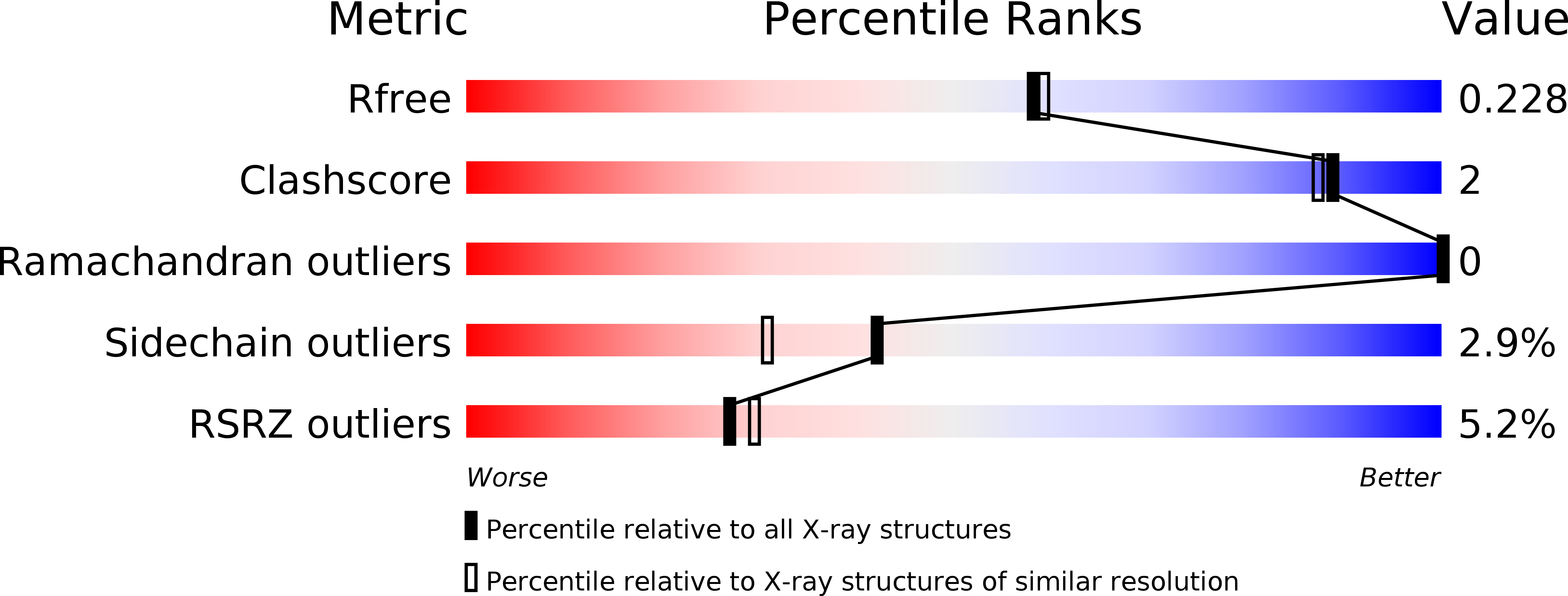
Deposition Date
2017-04-25
Release Date
2017-09-20
Last Version Date
2023-11-15
Entry Detail
PDB ID:
5VLC
Keywords:
Title:
Crystal Structure of Medicago truncatula L-Histidinol Dehydrogenase in Complex with L-Histidinol
Biological Source:
Source Organism:
Medicago truncatula (Taxon ID: 3880)
Host Organism:
Method Details:
Experimental Method:
Resolution:
1.97 Å
R-Value Free:
0.22
R-Value Work:
0.17
R-Value Observed:
0.17
Space Group:
P 1 21 1


